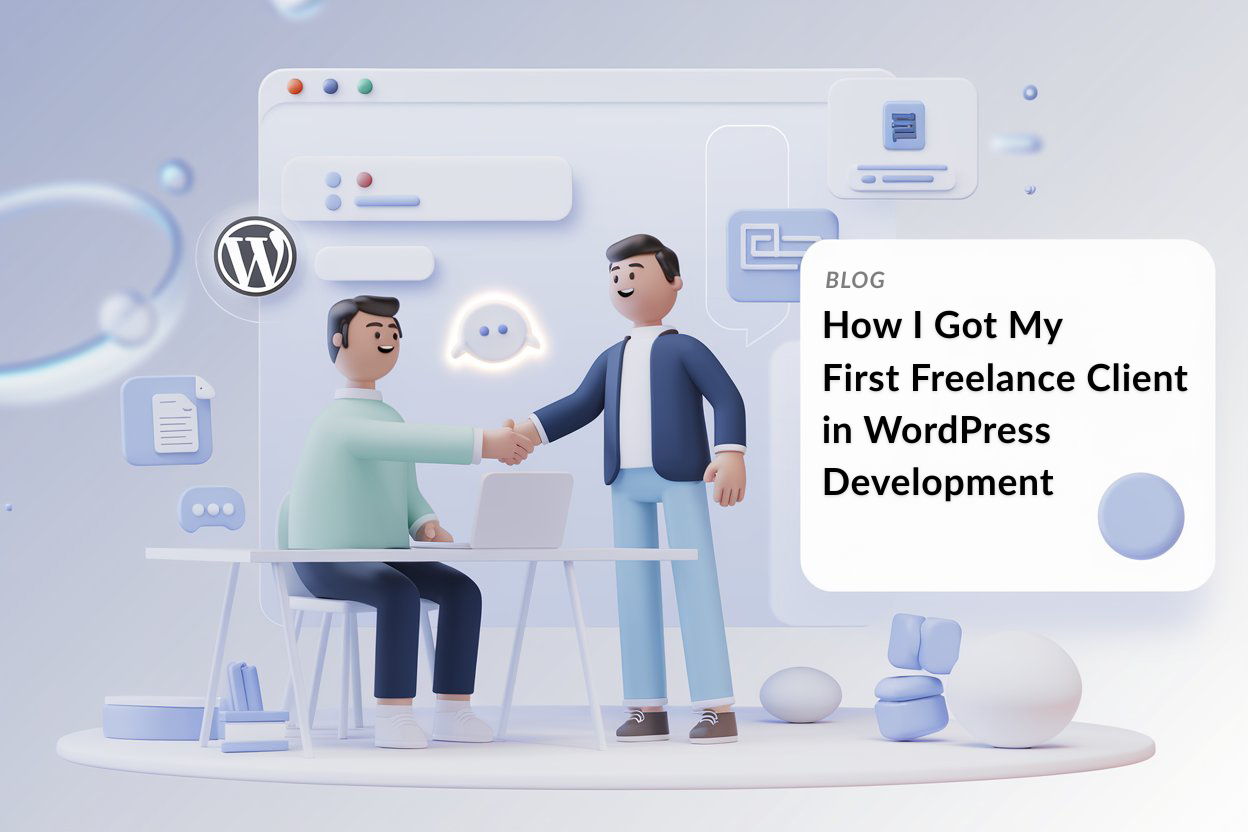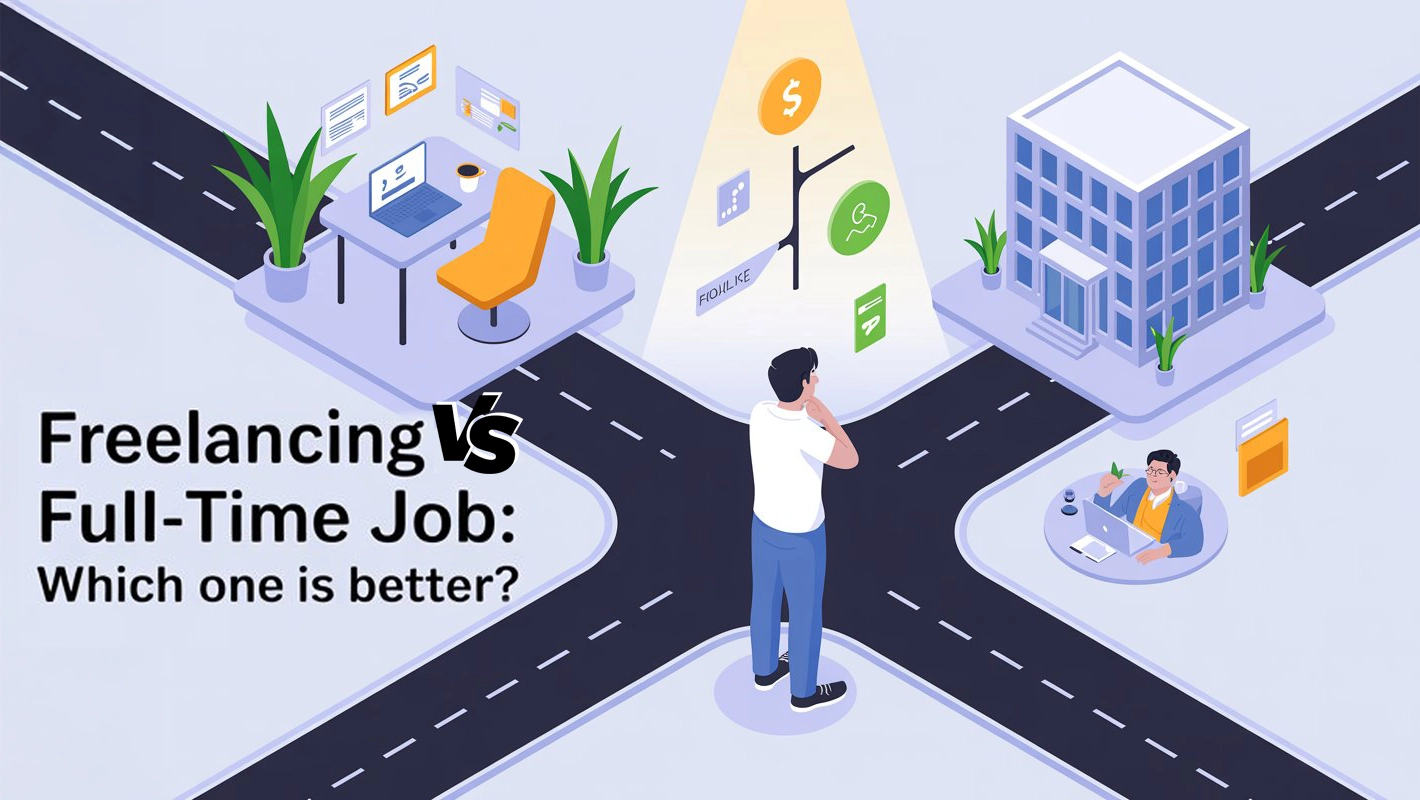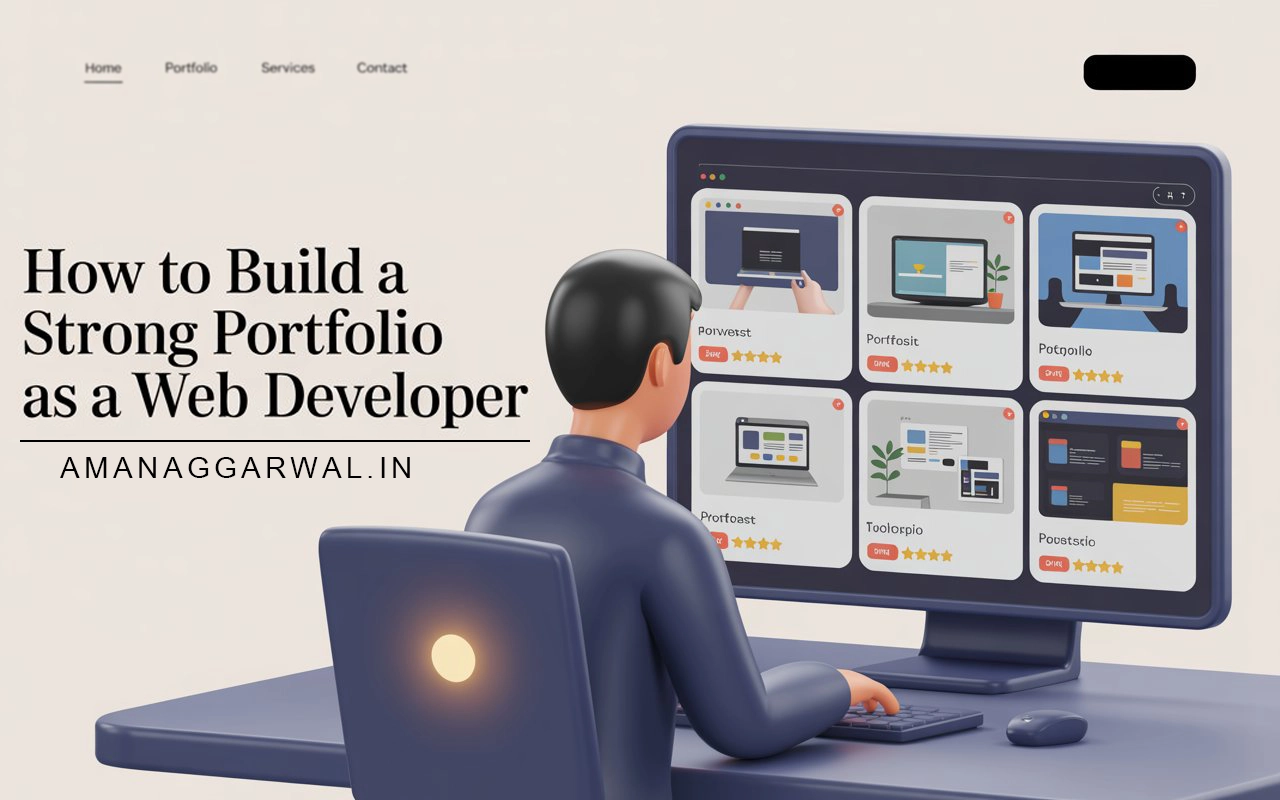Getting your first freelance WordPress project is exhilarating but can also feel a bit daunting. It’s that initial step that turns your knowledge into earnings and your love for web development into a career. When I began my journey in WordPress development, I had no connections or freelancing experience, just a passion for creating websites and a strong desire to show what I could do.
In this post, I’ll walk you through how I found my first freelance WordPress client, the tools and strategies I implemented, and some advice for beginners looking to dive into their freelance opportunities.
My Early Days with WordPress
I’ve always been intrigued by websites and their functionalities. I didn’t have a computer science degree or formal training; instead, I learned WordPress on my own through YouTube tutorials, reading blogs like WPBeginner and WPKube, and building demo websites on my local machine.
I dedicated weeks to experimenting with:
- Free and premium themes like Astra and OceanWP
- Page builders such as Elementor and WPBakery
- Core WordPress functions and hooks
- Plugins like WooCommerce, ACF, and Contact Form 7
Before landing my first client, I created around 4–5 demo websites:
- A personal portfolio
- A mock real estate listing site
- A basic e-commerce pet shop
- An interior design showcase
These projects boosted my confidence and provided me with a portfolio, even if the sites weren’t live just yet.
How I Found My First Freelance WordPress Client
The Game Changer: LinkedIn and My Personal Website
Interestingly, my first client didn’t come from platforms like Upwork or Fiverr. It was through LinkedIn that I connected with them. I had fine-tuned my profile to include:
- A clear title: “WordPress Developer | Landing Page & E-Commerce Specialist”
- A professional banner and headshot
- A featured section highlighting my portfolio website
What Caught Their Attention?
They came across a post of mine where I showcased a demo project—a mock e-commerce site designed for pet products. I detailed how I built it using WooCommerce and Elementor, emphasizing how quickly it loaded (in under 2 seconds).
They reached out with a message: “Can you create something similar for my pet store?”
I jumped on a video call to discuss their needs in detail and subsequently sent a tailored proposal through Canva.
The Project Details
Project Type: E-Commerce Pet Store
The client wanted a straightforward online store for pet food and accessories featuring 20–30 items, a payment gateway, responsive design, and simple order management.
Tools & Plugins Used:
- Elementor Pro for crafting landing pages
- WooCommerce for the shop and product pages
- Astra Theme for optimal performance
- PayU Money for the payment gateway in India
- Yoast SEO for basic on-page SEO
Timeline:
- Initial draft: 5 days
- Client review: 2 days
- Revisions & testing: 3 days
The whole project wrapped up in under 10 days.
Challenges & Solutions:
Challenge: The product images were inconsistent and of low quality.
Solution: I used Canva to resize, compress, and standardize them.
Challenge: The client wasn’t well-versed in WooCommerce.
Solution: I made three short Loom videos to guide them on adding products and managing orders.
Feedback I Received:
“Aman delivered just what I envisioned—and more! He was professional, quick, and incredibly helpful.”
Key Takeaways From My First Freelance Experience
Communication Is Crucial
I relied on WhatsApp and Google Meet for communication. I confirmed every milestone and update, making the client feel included in the process.
Fair Pricing is Key
I charged ₹5,000 (around $60) for the entire project. Was that low? Absolutely. But it provided me with:
- My first testimonial
- A live project in my portfolio
- The confidence to increase my fees in the future
Embrace Feedback and Revisions
Be open to feedback. I offered 2 rounds of complimentary revisions to keep things rolling smoothly.
Establish Trust
I didn’t just hand over the finished site—I took the time to show them how to use it. This built trust, and they later referred me to two additional clients.
Practical Tips to Help You Land Your First WordPress Client
Create a Simple Portfolio (Even With Test Projects)
Utilize local setups or free hosting options (like Netlify or InfinityFree) to display 2–3 sample sites.
Tap Into Your Network
Let your friends know, post updates on WhatsApp statuses, join Facebook groups (like “WordPress Freelancers India”), and engage on LinkedIn.
Build Your Personal Website
Use WordPress to create your portfolio. Make sure to include:
- About Me section
- Services (e.g., landing pages, e-commerce, speed optimization)
- Links to live demos
- A contact form or WhatsApp chat option
Offer Value Upfront
Consider doing a free homepage audit, providing a discounted trial project, or assisting someone with a small task to get your foot in the door.
Follow Up Professionally
Send courteous follow-ups every few days. Tools like Trello or Notion can help you stay on top of client communication.
Conclusion
Landing your first freelance WordPress project can feel like a major breakthrough in your career. It brings you valuable experience, boosts your confidence, and starts building momentum. Don’t wait for the perfect moment—start creating, sharing, and providing value today.
If you’re just beginning and feeling a bit overwhelmed, know that you’re not alone. I’ve been there too, and I’m here to help.
FAQ
(Commonly asked Questions)
Create a few demo projects and display them on your personal website or social media platforms. Use these as proof of your skills.
Yes, but limit it to 1–2 projects. View it as an investment in your future.
Check LinkedIn, Facebook Groups, Reddit (like r/freelance), local business communities, and rely on referrals.
Need some guidance on getting your first WordPress client or developing a solid portfolio?
Contact Aman Aggarwal



